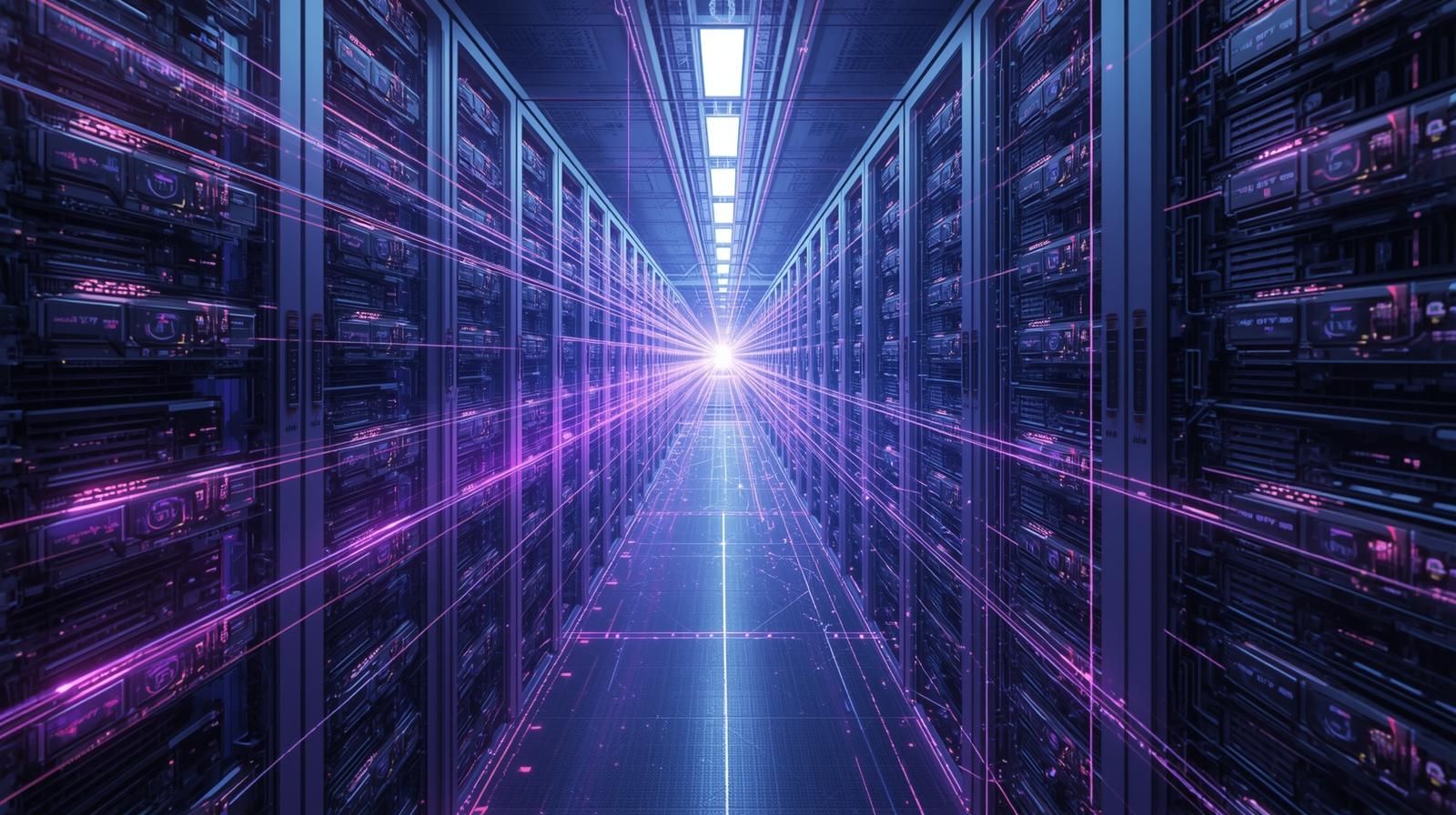Memory Wars: Why High-Bandwidth Memory (HBM) Will Decide the Next AI Era
The AI revolution is accelerating at a breakneck pace, and as models grow larger and more complex, the demand for faster, more efficient memory solutions is reaching unprecedented levels. At the heart of this technological arms race is High-Bandwidth Memory (HBM)—a game-changing innovation that promises to unlock the full potential of AI systems.
In this article, we explore why HBM is crucial for AI, how it differs from traditional memory solutions, its role in cutting-edge GPUs and AI accelerators, and what the memory wars mean for the future of computing in 2025 and beyond.
1. Understanding High-Bandwidth Memory (HBM)
High-Bandwidth Memory is a type of advanced RAM designed to deliver extremely high data transfer speeds while reducing energy consumption and space requirements. Unlike traditional GDDR or DDR memory, HBM stacks memory dies vertically and connects them through Through-Silicon Vias (TSVs). This architecture provides:
- Massive bandwidth: Enabling GPUs and AI accelerators to access data faster than ever.
- Low power consumption: Critical for energy-efficient AI training and inference.
- Compact form factor: Saving space on AI accelerators and enabling more dense hardware configurations.
HBM is not just a memory upgrade—it’s a foundation for the next generation of AI computation.
2. Why AI Demands High-Bandwidth Memory
Modern AI models, particularly large language models, generative AI, and advanced computer vision networks, process terabytes of data per second during training and inference. Conventional memory systems are increasingly unable to keep up with this data deluge, causing bottlenecks that slow down AI innovation.
HBM addresses this by:
- Reducing latency: AI systems can access large datasets quickly, improving model training times.
- Supporting massive model sizes: High-capacity, stacked memory enables multi-trillion parameter models to function efficiently.
- Enhancing energy efficiency: Lower power usage reduces operational costs for large-scale AI training farms.
The result is a faster, more capable, and more energy-efficient AI ecosystem.
3. HBM vs. Traditional Memory: Key Differences
| Feature | DDR/GDDR | HBM |
|---|---|---|
| Bandwidth | Tens of GB/s | Hundreds of GB/s |
| Power Consumption | Higher | Lower |
| Form Factor | Large PCB footprint | Compact stacked dies |
| Cost | Lower | Higher |
While HBM is more expensive, its performance gains in AI workloads justify the investment, especially in cutting-edge GPUs and AI accelerators like NVIDIA H100, AMD Instinct MI300, and specialized AI ASICs.
4. Real-World Impact on AI and Computing
HBM is already reshaping AI hardware design and performance:
- Faster AI Training: Reducing bottlenecks in memory-intensive operations allows researchers to train models faster and iterate more efficiently.
- Edge AI Deployment: High-bandwidth, low-power memory enables advanced AI applications on edge devices, from smart cameras to autonomous robots.
- Data Centers Optimization: HBM lowers energy consumption and improves throughput for hyperscale AI operations.
- Gaming and Graphics: Beyond AI, HBM benefits high-end GPUs for 3D rendering and virtual reality, enhancing both speed and visual fidelity.
HBM is not just a hardware upgrade—it is a critical enabler of the AI revolution.
5. The Future of Memory Wars in AI
As AI models grow exponentially, the battle for superior memory solutions intensifies:
- Next-generation HBM: HBM3 and beyond promise even higher bandwidth and energy efficiency.
- Integration with AI accelerators: GPUs, TPUs, and custom AI chips are increasingly designed around HBM to maximize performance.
- Competition among tech giants: NVIDIA, AMD, Intel, and other leaders are racing to integrate HBM in their AI ecosystems, with implications for both enterprise and consumer AI adoption.
- Emerging alternatives: Technologies like GDDR7 and CXL (Compute Express Link) memory may complement or compete with HBM in specific use cases.
In short, the memory war will define the AI capabilities of tomorrow. Companies that master HBM technology will have a decisive edge in speed, efficiency, and scalability.
Conclusion
High-Bandwidth Memory is no longer a luxury—it is a necessity for advanced AI systems. By addressing latency, energy efficiency, and bandwidth limitations, HBM enables the next generation of AI models, accelerates training, and expands the potential of intelligent machines.
As AI continues to evolve, the question is clear: which companies and technologies will dominate the memory war and power the AI era? Will your next AI application be constrained by conventional memory, or will it harness the full potential of HBM to reach unprecedented performance levels?





